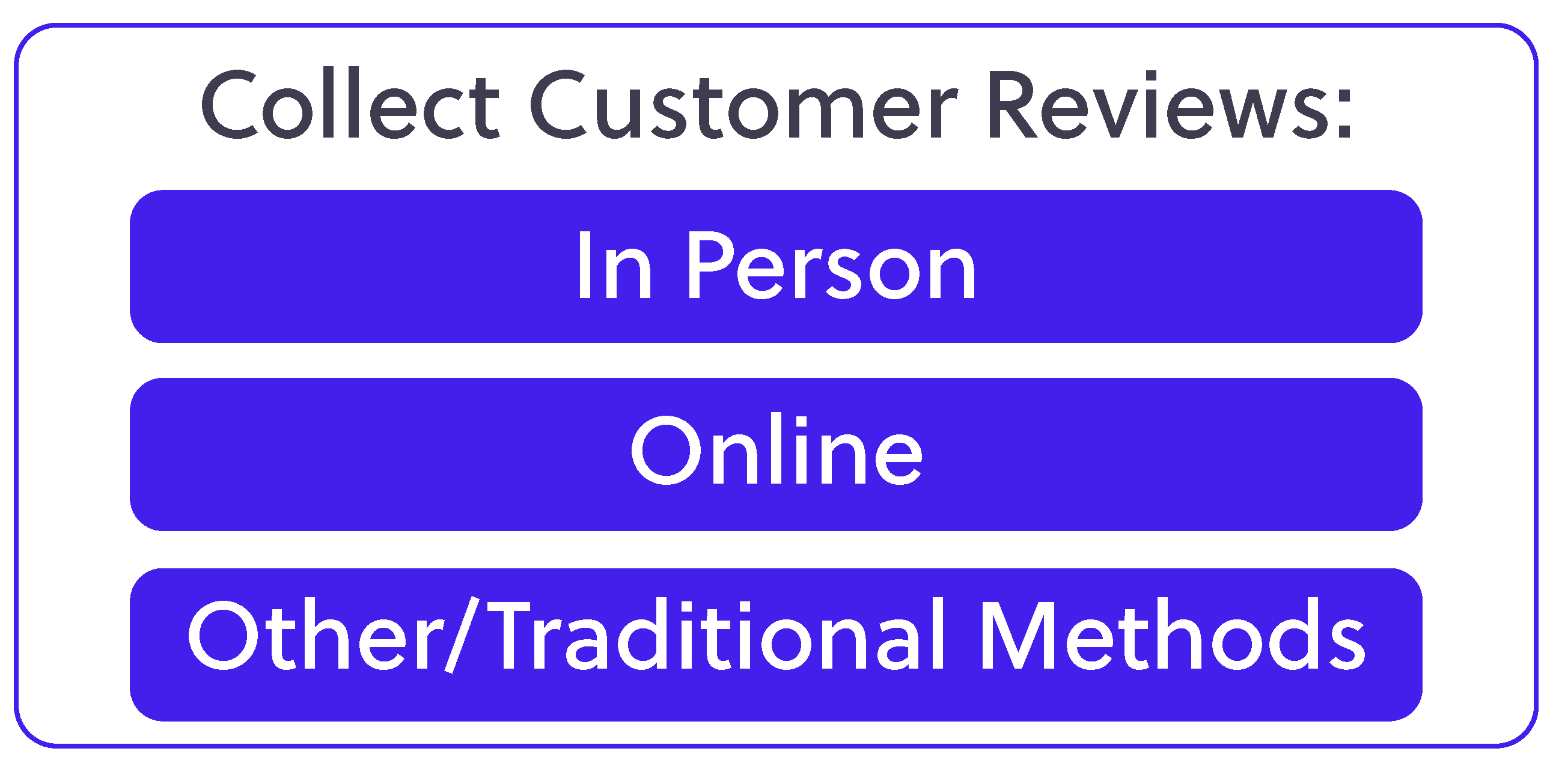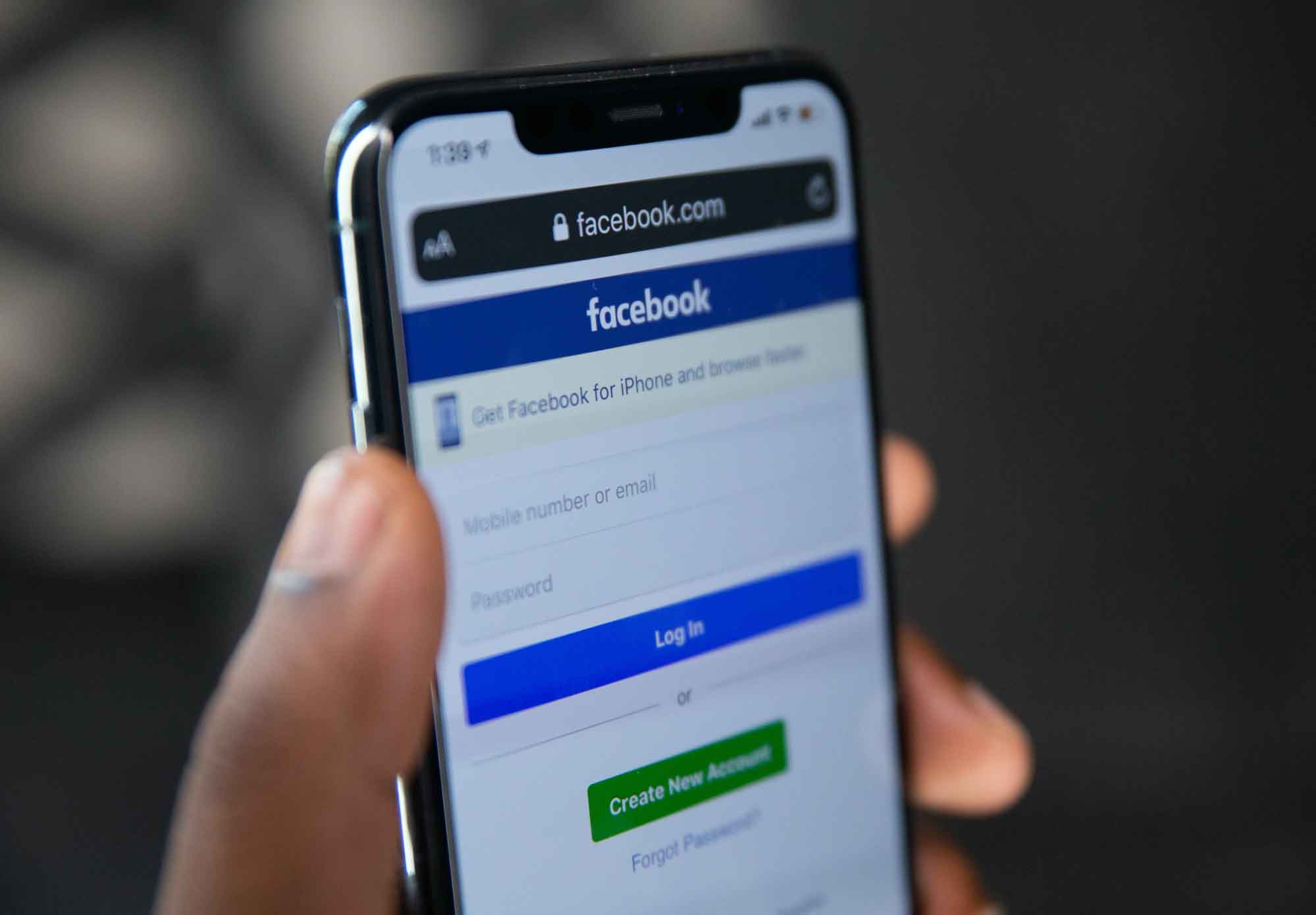August 2021
Maximizing Customer Reviews
Part 4: Converting with Reviews
Can your online customer reviews sell your products for you?
Reviews paint a picture of your business over time. Once you start collecting reviews, they will live online – seemingly forever.
People are likely to read your reviews on Google before they ever go to your website or social media pages, so online customer reviews are essential in attracting new customers. This is especially true if you sell your product on third party retail sites such as Amazon. People are searching specifically for your product, but all your competitors are right there next to you. How will the customer make their decision? According to Psychological Science, given two products with similar ratings, consumers are more likely to buy the product with more reviews.
According to Psychological Science, given two products with similar ratings, consumers are more likely to buy the product with more reviews.

Photo by Pickawood on Unsplash
No reviews yet? No problem.
It is common for businesses to have a low star-rating based on only a handful of reviews. It can feel intimidating to solicit customer reviews, with the fear that you will only receive negative feedback.
If it is overwhelming to start collecting reviews or you are already discouraged because you have a low star rating, not all hope is lost.
Your overall rating is likely to go up over time if you start soliciting online customer reviews and as long as you are consistently delivering positive customer experiences. Yes, you will get negative reviews from time to time that pull down your rating, but as long as you are consistently collecting positive reviews, they will drown out the negative over time.
Of course, if you are not providing positive customer experiences, then yes, you may want to analyze the negative feedback you have received and focus your energy on providing excellent customer service before soliciting online customer reviews.
But I’m already spending so much on marketing!
All the money you spend in your marketing department falls flat if you have no online customer reviews. According to Spiegel Research Center, a product that has five or more reviews is 270% more likely to be purchased over a product with no reviews. Yes, marketing is key to attracting new customers and maintaining current ones, but pairing that with a customer review management system will pay huge dividends over time.
Now that you understand how online reviews can benefit your business, how do you go about collecting them? Let’s be honest, it can be awkward to ask for reviews. Just remember, the customer who bought from you probably read a review before doing business with you, so they are more likely than you think to write you a review.
Reviews have existed for a long time in one form or another (see Section ‘History of Reviews’) and tracking customer satisfaction has changed dramatically with the advent of the Internet. You can collect customer reviews in person, online, or through other traditional methods.

Photo by Blake Wisz on Unsplash
In person
Say you run a brick-and-mortar business. With the right plan and training, your staff can be your best allies in collecting customer reviews. Of course, the key here is the plan and training. You must develop the “ask” – the timing, the wording, the call to action – and the key here – the buy-in from your staff. Requiring them to say “can you give us a review” with each transaction is not enough. Develop your specific “ask” and build a culture around inviting feedback from customers.

The language in the “ask” should always:
- Communicate the value of the feedback to your business and future customers
- Contain a specific call to action with a fast, user-friendly review method
- Be polite
- Include a thank you
Here is an example of an appropriate in-person ‘ask.’ Of course, tailor the tone and specifics based on your company:
“Thank you for coming in today. Your feedback is helpful for other shoppers and helps our business to improve. We invite you to please share your experience. On your receipt is a QR code that will link you to a quick online review.”
Online
The Internet has made collecting customer reviews easier than ever. Including the review link on the checkout landing page or via email are very common ways of asking for feedback. The best thing about these options? They are automated.
Implementing a review gathering software or customer review management system is one of the easiest ways to gather online reviews. These systems track customer satisfaction through branded feedback surveys. With review gathering software you can quickly respond to negative reviews and leverage the positive ones as customer testimonials. You can also avoid review fatigue for customers by limiting the number of times they get asked for feedback.
Other/Traditional Methods
More traditional methods of collecting reviews include sending a physical thank-you note in the mail. Before the Internet, companies would use a physical feedback card, which customers would fill out and mail back to the business. Today, a mailed thank you card could include a link or QR code to an easy-to-use review landing page. Another more traditional option would be to conduct a survey via phone call, either automated or with a customer relations representative.
In the end, a holistic approach is recommended to collect reviews. Relying on a single collection method is risky and unlikely to yield the results you are looking for. Pick two or three collection methods and really stick to them. There is so much that goes into mastering each method of collection, so create systems to keep your business accountable. The wording, the ease-of-use on the customer’s end, communicating the value of feedback, and the “ask” itself are all key elements. Create a culture in your company of asking for customer reviews and you, along with your customers, will reap the benefits.
The Danger of Purchasing Reviews

Photo by Hiroshi Kimura on Unsplash
In a previous post, we discussed how 90% of consumers use and trust online reviews when making purchase decisions. Steady online reviews today aren’t a “want”. They’re a “need”. If your company is to continue to grow, then there’s no getting around it.
This makes the idea of purchasing reviews very attractive, and they can seem affordable, (A casual search turned up one seller who sells reviews between 40 and 50 cents each) but the cost can be severe in the long run. Don’t buy reviews!
Fake reviews are dishonest, misleading, easy to identify, and simply bad business. And if that hasn’t dissuaded you, they’re also illegal under Section 5 of the Federal Trade Commission Act (15 U.S.C. 45). The reviews are often identifiable because the same ones appear repeatedly where there are fake reviews and they lack detail about what they’re reviewing. Another red flag is if the posters have no history. If you want 100 reviews, they need to make 100 accounts. And fake reviewers typically use short term accounts which are immediately detectable by software designed to identify and delete these disingenuous posts.
The dangers are apparent: Your purchased reviews will stand out to consumers who have a keen eye for patterns in fake reviews. Your reputation will be harmed when your business is seen as less trustworthy. If you purchase Google reviews, you then risk spending money on nothing as Google will simply delete the fake reviews, and likely ban you altogether; a much worse scenario. Google explicitly states, “Don’t post fake content.”
LoyaltyLoop will help you get genuine, honest, customer-verified Google reviews, Facebook reviews, and other online reviews. LoyaltyLoop automatically encourages your customers to post a review on the sites that matter most to you, and connects to your Google My Business account so you can monitor your Google review activity. We provide you and your prospects with genuine, helpful feedback. Fake reviews will never do that. There is no good outcome from purchasing fake reviews. Don’t do it.
How do I Turn Recommendations On or Off For My Business Page in Facebook?

Photo by Solen Feyissa on Unsplash
Due to the benefits of Google reviews, (SEO, integration into Google Maps, star ratings in search results, etc.) it remains the brass ring for reviews, but did you know you can get reviews on Facebook?
Forbes’ article, “Do People Really Look At Facebook Reviews? Here's Why It Matters” reminds us that Facebook has 2.2 billion monthly users, and 81% of purchasing decisions are directly influenced by their friends’ recommendations and posts.
Any Google reviews a potential customer reads for a business are likely strangers to them.
Facebook provides a guide to show you how to turn reviews on in a few simple steps. They write:
To turn Recommendations on or off for your Page:
- From your News Feed, click Pages in the left menu.
- Go to your Page.
- Click Page Settings in the bottom left of your Page.
- Click Templates and Tabs in the left menu.
- Click to the right of Reviews to turn the tab on or off.
If you fall prey to a barrage of fake negative reviews or other issues that violate Facebook’s terms, you should report this to Facebook, but you can also turn off your review page until the matter is resolved. By turning these off, you can hide them from view while Facebook gets around to reading your notification and can protect your reputation from being dinged.
Gathering Feedback - Make It a Process, Not an Event

Photo by Tom Wilson on Unsplash
Sending your data to LoyaltyLoop sets off a chain of events that results in feedback and reviews from your customers. But how often should you be surveying customers?
In general, it’s best to reach out to customers shortly after they’ve had time to reflect on their purchase and experience. Sometimes this is the next day, or within the next week or next month. You don’t want to wait so long that they will have difficulty remembering the details of their experience. Consider how long they would need to form an opinion of your products and services and make a plan to send your data to LoyaltyLoop based on that timing.
An important aspect of how LoyaltyLoop works so effectively, is we are very careful not to over-touch your customers. After all, our job is to help you get customer feedback and reviews, not to annoy customers with too many emails causing feedback fatigue.
To accomplish this goal, LoyaltyLoop employs a Touch Frequency Filter that sets how often each unique contact will be surveyed. By default, the Touch Frequency Filter is set to 90 days, which means a contact who was asked to give you feedback in the prior 90 days is filtered from your current survey list. This means LoyaltyLoop is surveying customers regularly, but not asking the same person over and over and over again. Using the default 90-day setting, customers who purchase from you regularly will have an opportunity to give you feedback 4 times during the year, once every 90 days. While 90-days is our default setting, we can tune the Touch Frequency Filter to meet the specific needs of your business – whether longer or shorter than that.
Some customers confuse our Touch Frequency Filter to mean LoyaltyLoop only sends surveys every 90 days, and therefore you only need send your raw data to us every 90 days. That is not the case. Your raw survey data should be flowing to LoyaltyLoop regularly, and your actual survey launch frequency (how often surveys are sent out by LoyaltyLoop) should be tuned to your specific business, but are typically sent daily (the day after the customer transacted with your business), weekly or monthly.
You don’t want to have long gaps in time between the customer’s interaction with your business and the survey being sent. Think of your customer making a purchase in January, and they receive an invite asking them about their recent experience in April. Does the customer remember their interaction with you that long ago? When a significant span of time has passed, a request for feedback that late that can seem awkward to your customer. By regularly engaging customers soon after they transacted with you, not only do you capture timely feedback, but you also have a much better chance to gather testimonials and five-star Google reviews while the customer’s experience is fresh in their mind. Surveying regularly gives you a steady feedback loop, allowing you to catch any issues as they arise.
Launching on a routine schedule will soften the quantity of responses and the amount of time you need to respond. The number of responses can become unmanageable if you send 3- or 4-months' worth of contacts all at once. You may not be able to give each contact the attention they deserve to improve customer loyalty.
Sending your data to LoyaltyLoop is tipping over only the first domino in a process that helps you engage your customers on a regular basis to improve customer loyalty. You can do this by tracking your Net Promoter® score and satisfaction levels as collected by your survey, following up on and closing out open leads and referrals, reading and digesting responses to improve your business and your team, replying to every new Google review, emailing Promoters, Passives, and Detractors to thank them for their feedback, and publishing your new fresh testimonials to your website. Don’t miss any opportunities for customer loyalty, improvement, and attracting new business.
To ensure LoyaltyLoop is regularly engaging your customers look for ways of automating the flow of data to us by using our API, third-party services such as Zapier, or automated reports from inside your transaction system if available. Alternatively, when manually running reports and emailing them to us, use a calendar reminder on your computer to keep you on schedule. Reach out to us at support@loyaltyloop.com, and we’ll be glad to help you determine if you can automate sending your data.